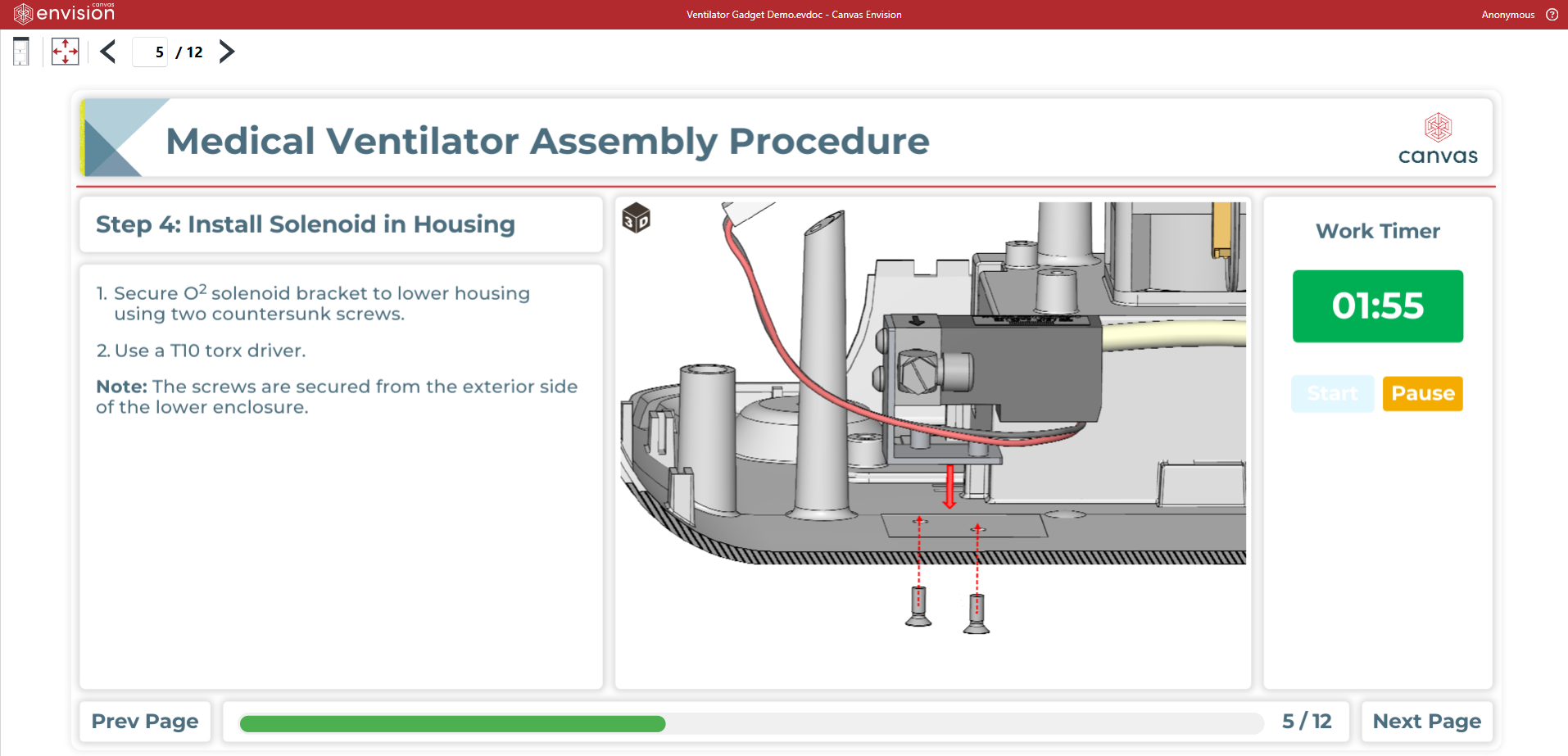There are several benefits to using SharePoint with Envision. By leveraging SharePoint's capabilities, you can easily control who has access to your documents and ensure they are always up-to-date. Whether you need a quick link or a permanent, flexible link, SharePoint offers the tools to make document sharing straightforward and efficient.
Getting Started: Logging In
To start, let's log into our workspace. I’m logging in as an admin, but you could perform this operation as a creator as well.
Sharing Document Links: Two Methods
Once logged in, go into a demo document. There are two ways to share a link:
- Direct URL Sharing: Simply go into the document view and grab the URL directly from the browser. This is a quick way to share the document.
- Permanent Links: Create a permanent link to the document. This type of link provides more flexibility since you can always change the path to the document. You can also decide which version the link points to, making it useful for pushing live updates after the document is published.
Public vs. Non-Public Centers in SharePoint
Next, let’s look at the differences between public and non-public centers in SharePoint:
- Public Centers: In a public center, users can view documents without logging in. You can identify a public center by the red icon and a warning next to the center’s title stating it is publicly accessible.
- Non-Public Centers: In a non-public center, users need to log in with their credentials to view documents. This provides more control over who can view your documents.
Embedding Documents in SharePoint
Now, let’s embed an Envision document directly within SharePoint. This allows users to view the document without leaving SharePoint. Here’s how to do it:
- Create a New Page: From the SharePoint homepage, create a new page and select a blank layout.
- Insert a Link: Add quick links with icons for easy navigation to the document link. You can also use custom images or stock images to make your page visually appealing…OR
- Embed with an iFrame: Use an iframe to embed the live document into the page. Copy the link to the document and use the iframe syntax to embed it. *If you encounter an error when trying to embed the content, make sure to update the HTML field security settings to allow iframes from your domain.
Customizing Your SharePoint Page
Finally, you can customize your SharePoint page for a better user experience. You can also use custom images or stock images to make your page visually appealing.
I hope this demo was helpful. If you have any questions, please reach out to us at Canvas GFX.




